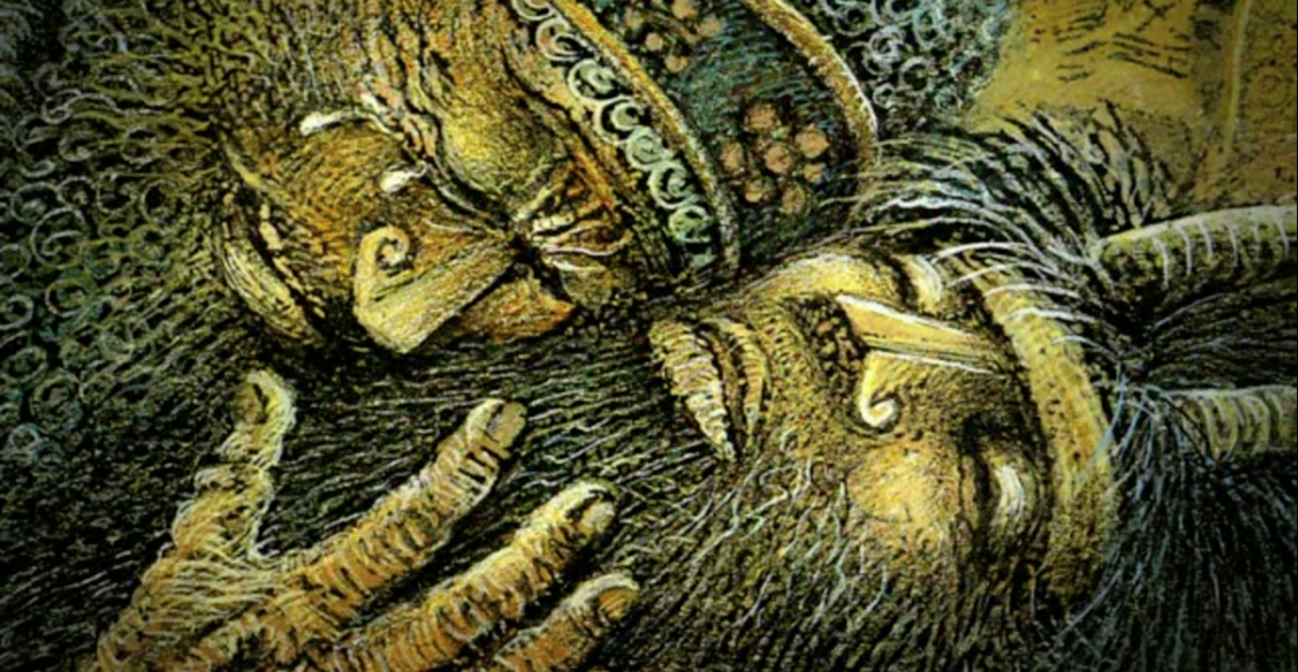Storytelling Resources

This is a list of resources that I’ve found helpful for learning the art of storytelling. These are most relevant to narrative prose (short stories and novels), but they’ve enriched my understanding of stories across all mediums, from films to pitch decks.
Books
Creating Short Fiction by Damon Knight — A primer on writing golden age sci-fi shorts. A bit outdated, but I found it useful to understand how the classic stories worked.
Scene & Structure by Jack Bickham — Useful to understand the underlying logic and structure of dramatic scenes.
Steering the Craft: Exercises and Discussions on Story Writing for the Lone Navigator or the Mutinous Crew by Ursula Le Guin — A title befitting the author. This is a gem focused on the mechanics of gorgeous prose.
Story by Robert McKee — The classic bible for screenwriters. There’s some unfalsifiable analysis that is remiscent of astrology, but the high level concepts are useful.
The Writer’s Journey: Mythic Structure for Writers by Christopher Vogler — Another classic similar to McKee’s Story. Less useful to read straight through than a reference for when elements of your story aren’t working.
Zen in the Art of Writing by Ray Bradbury — Less a craft book and more of a kick-in-the-ass to get you motivated to finish that damn story.
Podcasts / Videos
Brandon Sanderson’s Speculative Fiction Class at BYU — Sanderson is a wonderful, practical teacher. In the twelve videos, he goes over his techniques for writing a sci-fi / fantasy novel.
Writing Excuses Podcast — One of the longests running podcasts for fiction writers. Each short episode focuses on one aspect of the craft. If you’re new to it, start at Season 10.
Communities
Critters — One of the longest running online critique workshops. Even if you don’t have a story to submit, reading drafts of work from up-and-coming writers is useful.
Techniques
Highlighting Structure
Take your favorite chapter of a novel or short story and use highlighters to delineate these different parts:
- Description / Action
- Dialogue
- Character’s Inner Thoughts
- Author Voice
It was useful for me to see how these elements mixed together in a narrative, and what balance works (and what doesn’t). For me, it was a revelation to see how much inner thoughts dominated most novels.